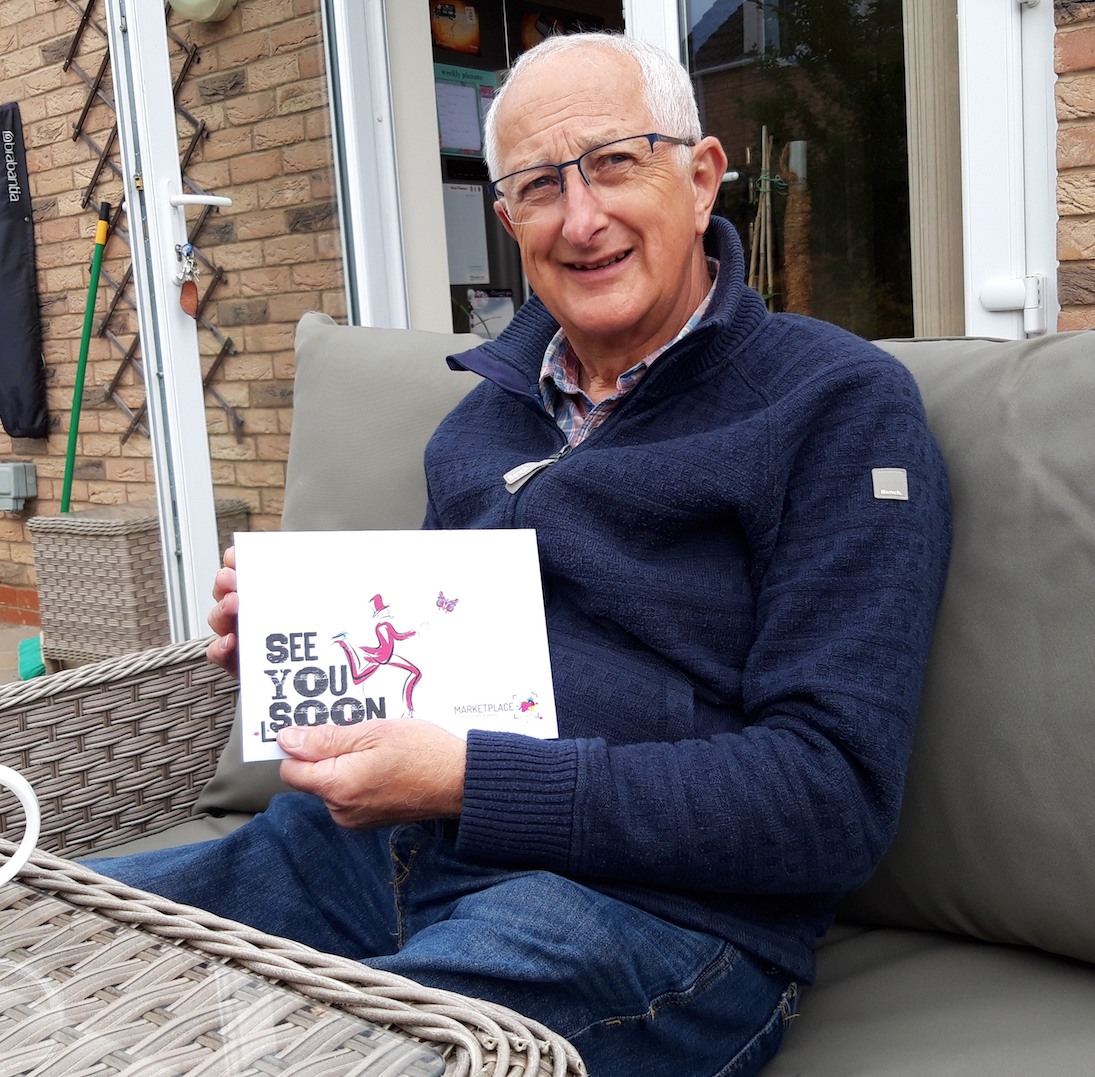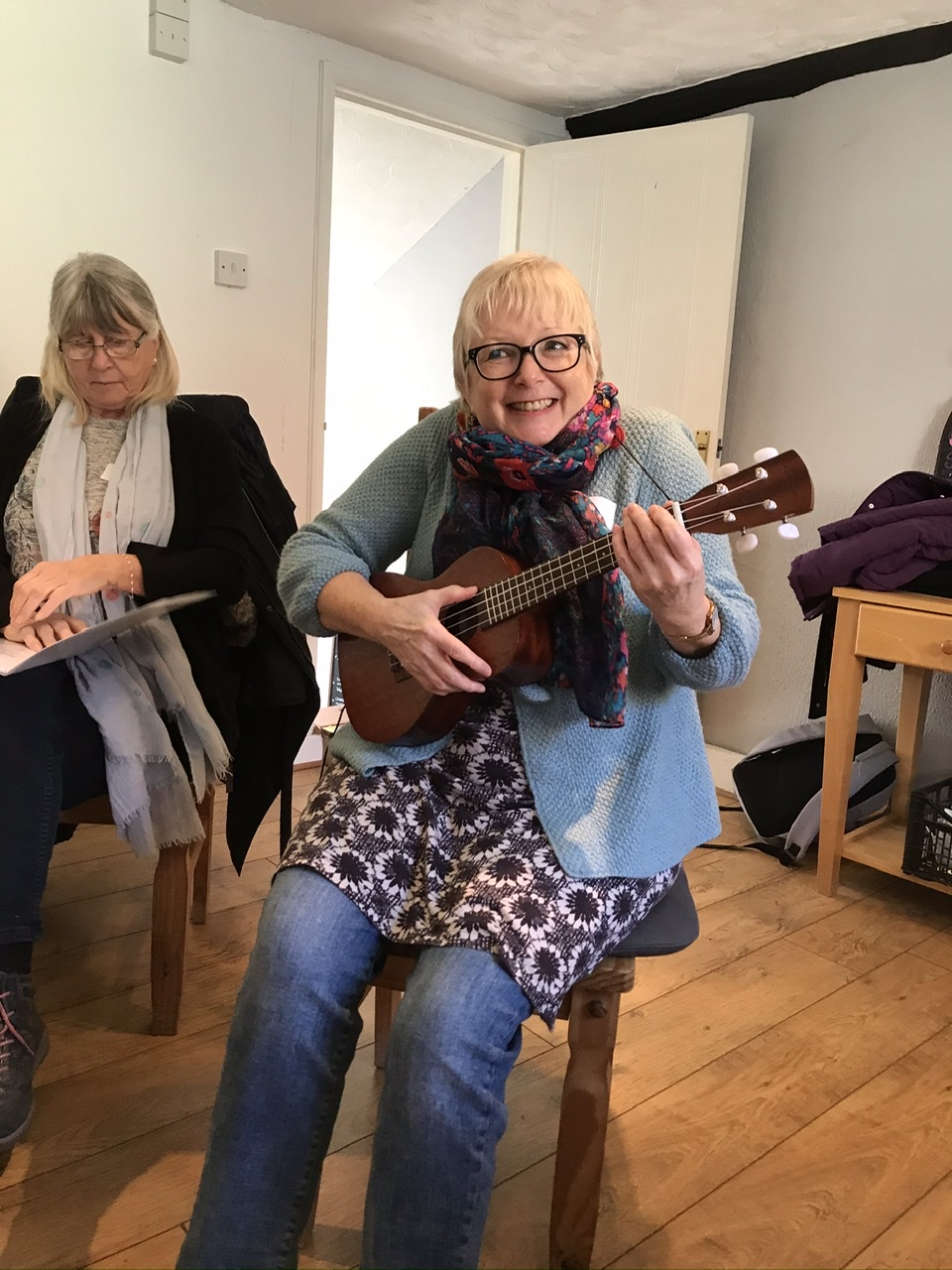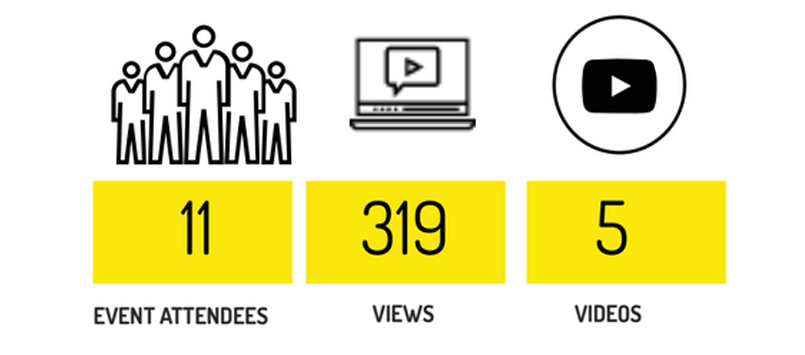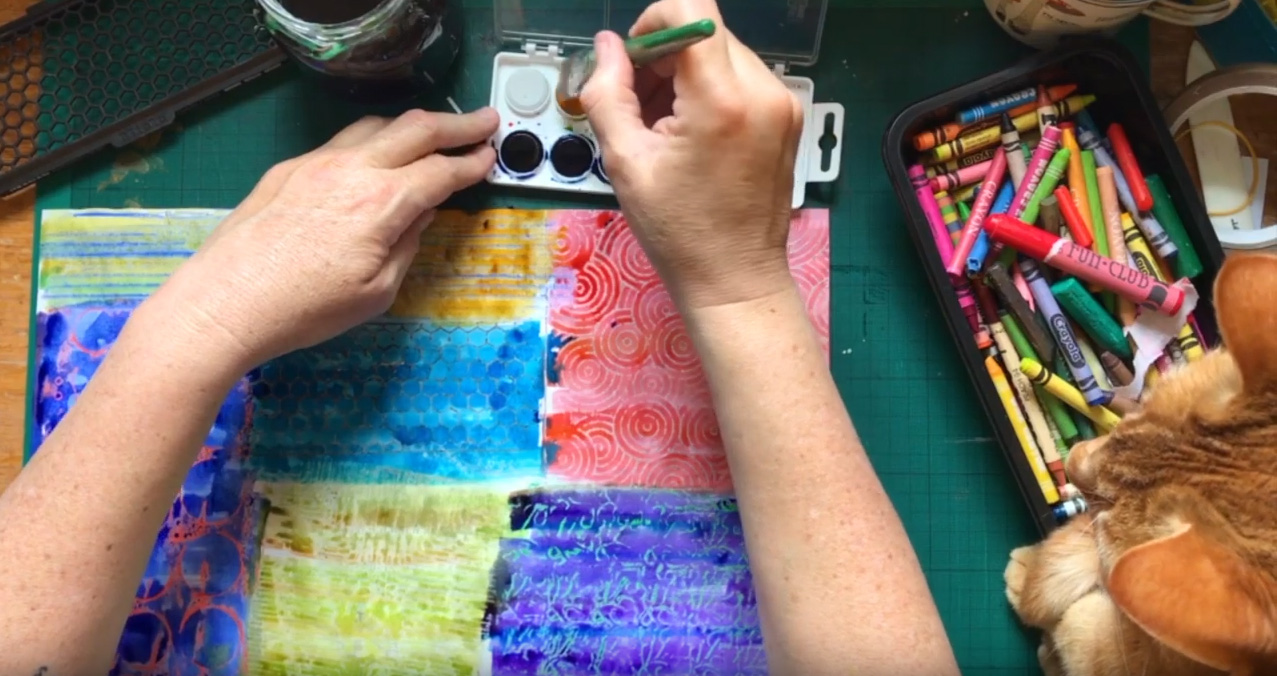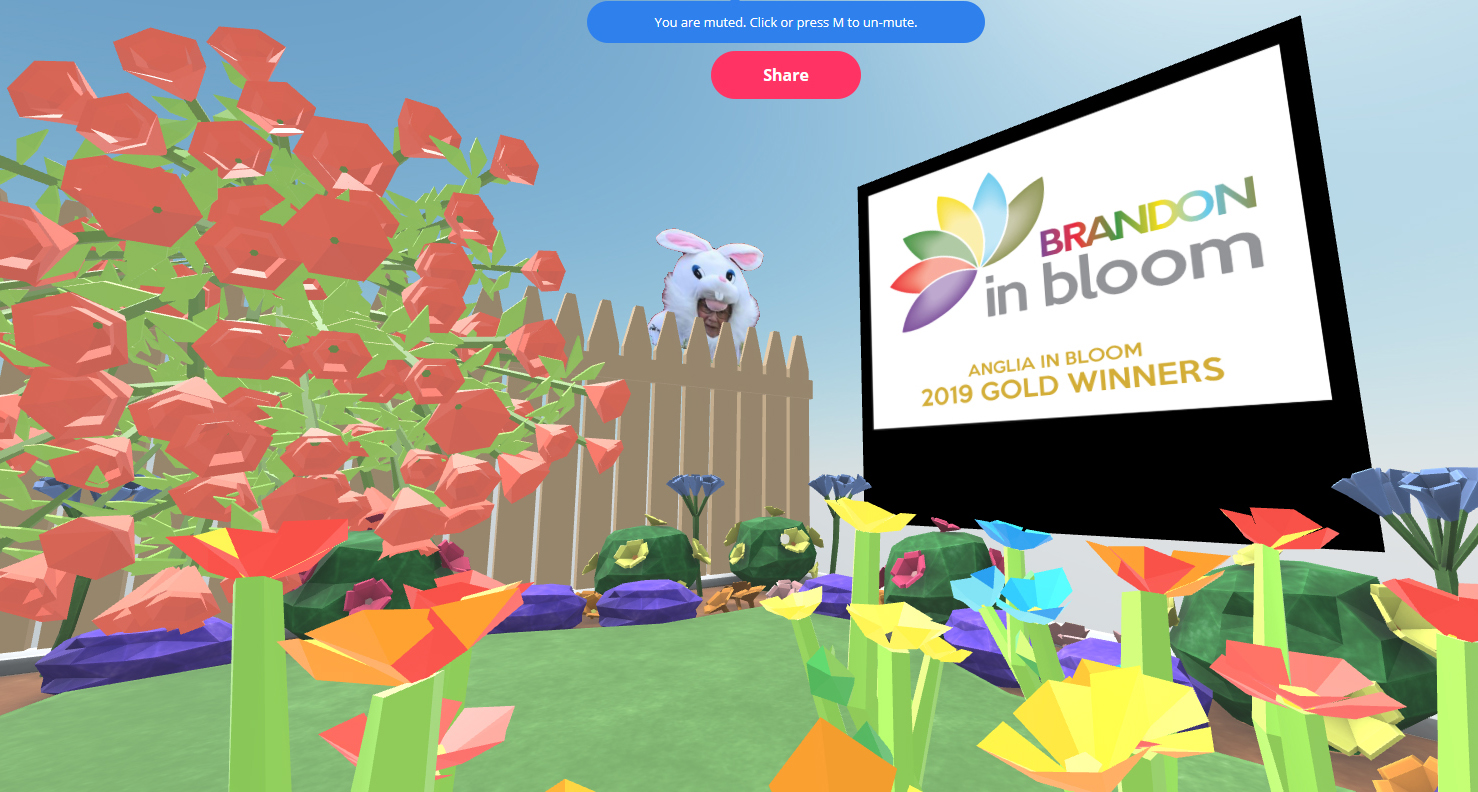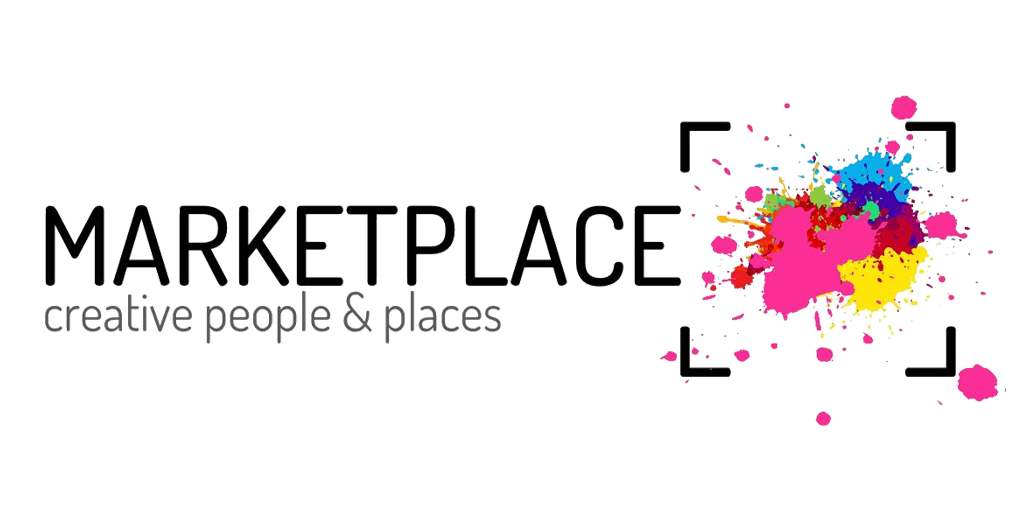Making interactive stories online
Marion Leeper reflects on her experience as a storyteller during the period of lockdown, and how she adapted the interactive fun and learning of storytelling in a playgroup setting and transferring it to online, as part of MarketPlace’s commissions programme.
Read about Marion’s project The Molly Whuppie Troubles here.
The Challenge
The folktale heroine Molly Whuppie succeeds in her quest because she is small: she can hide in the giant’s castle without him noticing, and she can get away from him because she is light enough to cross the Bridge of One Hair. As I embarked on the lockdown journey of bringing stories to a virtual audience, I had to take a leaf out of Mollie Whuppie’s book, and make a virtue of a small screen.
The Bridge of One Hair that I’ve had to cross, with help from MarketPlace as part of their Creative Conversations in Isolation commissions, was the big move to telling stories online: how to develop appropriate work that young children can engage with through a screen: finding out what was possible for a technically limited storyteller to offer as an online experience.

Live storytelling in the early years is a conversation. Young children respond to stories with their whole bodies: not just joining in with actions and rhymes, but pointing, laughing, moving the props around, deciding how the characters are feeling and what they had for breakfast.
If I wanted to offer young children a valuable storytelling experience, I needed to design a story that gets children moving, away from the screen. Perhaps they could be more independent, more active, than in a live session.
(Right) A photo of Marion’s makeshift set at home using household objects.
Developing An Idea
I planned a story in short episodes, with a challenge or adventure to explore between each session. For instance, Molly Whuppie runs away from the giant’s castle through trees, over rocks and across a bridge. I invited the children to make their own obstacle course through, under and across. The volunteer families who tried it out found that the game kept them busy outdoors all day.
I also wanted to offer children chances to play independently – to give locked-down children and adults a break from each other. I asked the children to find treasures and put them in a ‘treasure box’ for a guessing game: some of them carried on making their own collections for days.
Getting Started
I worked with the Oasis nursery in Wisbech to try out the show using a live video call. I was pleased that the children joined in with the story and enjoyed the guessing game with the ‘treasures’ they’d brought. One child who joined from home loved seeing her nursery friends.

But it was harder work keeping the children engaged and looking at a screen than live storytelling has ever been. It was also hard for families to watch live from home at a fixed time, so I set about making another change – filming a video of the story.
This was harder than it seemed. The production values that were fine for live sessions were not good enough for recorded film. Young children, used to incredibly talented film-making, from Sarah and Duck to Disney’s Frozen have such great visual literacy now, the language of close-up and long shot, soundtrack and image: they aren’t impressed by a talking head on a screen.
I struggled to learn so many skills – lighting, set-building, framing. Then my film-buddy and mentor, Inés Alvarez Villa, came on the scene. Working remotely, she patiently taught me how to focus a shot, how to film close-up sequences of props and many other skills
She edited the story, which we are launching into the world for families once more in lockdown. Perhaps it will offer them, like Molly Whuppie, a chance for a while to escape their Covid castle.
Final Thoughts
I’ve been developing my early years practice in storytelling for half a lifetime. Learning ways of telling stories online has been particularly hard for me because it felt like starting again from the beginning. But it has been a worthwhile journey. I know that online work is here to stay, I can do more things online, and they don’t take me so long, I know the limits of what I can and can’t do on my own. I’ve had to forge new ways of working with children and their parents too: what will be realistic for parents to do at home? What will make their time with their children easier and more fun, without making too much work for them?
Mollie Whuppie has gone out to many nurseries in the Fenland area, and children all over the place have been busy filling treasure boxes and building obstacle courses. One educator said: ‘The story was amazing, perfectly paced and the interactive parts just made it all the more special – so much learning available in each one!’
I feel like I’ve got safely across the bridge with my box of treasure. Now, like Molly Whuppie, I need to put on my adventure shoes and set off on the next part of the story.
Written by storyteller, Marion Leeper.
Read about Marion’s project The Molly Whuppie Troubles here.











